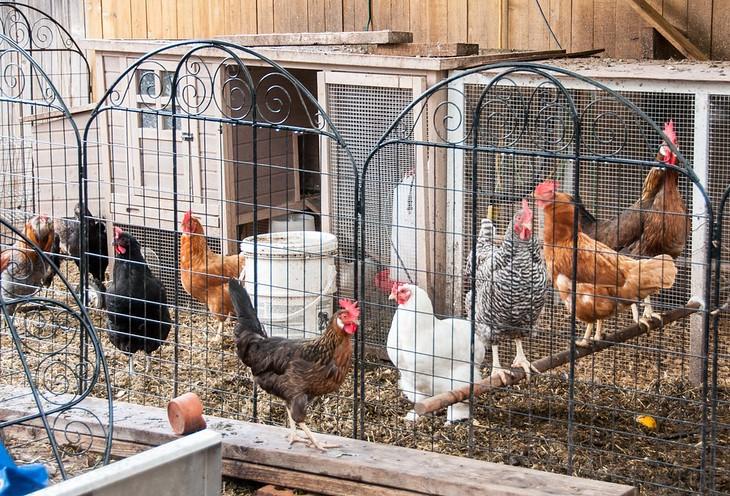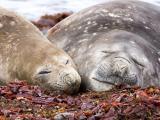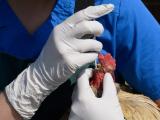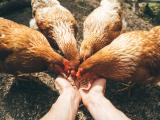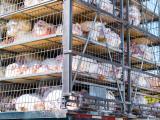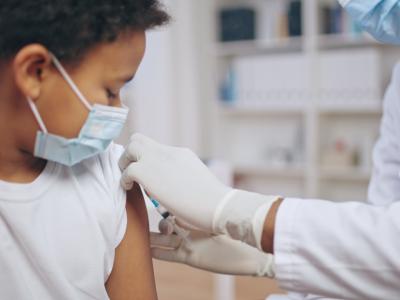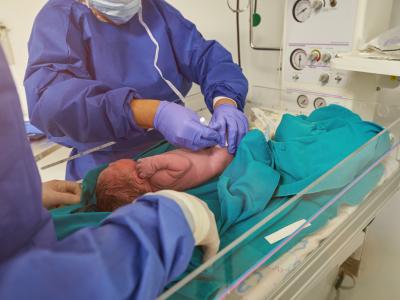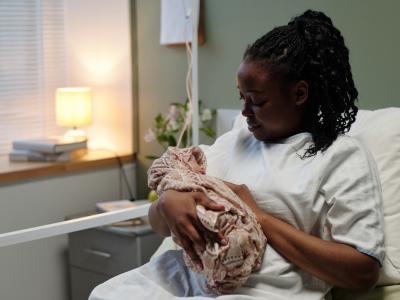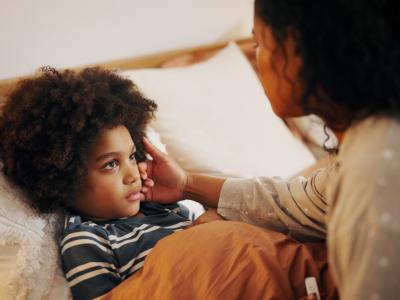Two more states—Illinois and Kansas—reported their first highly pathogenic avian flu outbreaks, both involving noncommercial backyard birds, bringing the number of affected states this year to 13, according to a recent statement from the US Department of Agriculture (USDA) Animal and Plant Health Inspection Service (APHIS).
Meanwhile, Kansas also reported the virus in wild birds for the first time, and Iowa reported its third outbreak in poultry.
Outbreak expands to more Midwestern states
In Illinois, the outbreak involved backyard birds in McLean County, in the central part of the state in the area surrounding Bloomington, according to the Illinois Department of Agriculture.
Two days earlier, state officials reported that three Canada geese from Will County that were submitted to the USDA for testing were positive for the virus. Will County is in northeastern Illinois and covers part of Chicago's southern suburbs.
The outbreak in Kansas affected a mixed-species backyard poultry flock in Franklin County, which is located in the eastern part of the state, about 60 miles southwest of Kansas City, according to the Kansas Department of Agriculture. Last week, APHIS reported five highly pathogenic H5 detections in hunter-harvested snow geese from Barton County.
Third poultry outbreak in Iowa
In related developments, Iowa reported another outbreak involving commercial poultry, which affected a layer farm in Taylor County in the southwestern part of the state, according to the Iowa Department of Agriculture and Land Stewardship.
Iowa had earlier reported events in a backyard flock in Pottawattamie County and at a commercial turkey farm in Buena Vista County.
All the US outbreaks involve the Eurasian H5N1 strain that has led to large poultry losses in other parts of the world, with expanding outbreaks in the United States that have already led to the loss of nearly 3 million chickens and turkeys.
One human case in the United Kingdom was confirmed in early January, but the threat to human health is thought to be low, mainly a risk to those who have contact with sick birds.
